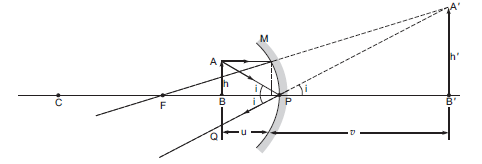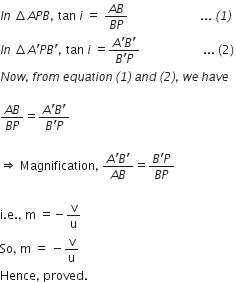 Short Answer Type
Short Answer TypeState the law of radioactive decay.
Plot a graph showing the number (N) of undecayed nuclei as a function of time (t) for a given radioactive sample having half-life T½.
Depict in the plot the number of undecayed nuclei at (i) t = 3 T½ and (ii) t = 5 T½. Long Answer Type
Long Answer Type(i) With the help of a labelled diagram, describe briefly the underlying principle and working of a step up transformer.
(ii) Write any two sources of energy loss in a transformer.
(iii) A step up transformer converts a low input voltage into a high output voltage.
Does it violate law of conservation of energy? Explain.
Derive an expression for the impedance of a series LCR circuit connected to an AC supply of variable frequency.
Plot a graph showing variation of current with the frequency of the applied voltage.
Explain briefly how the phenomenon of resonance in the circuit can be used in the
Tuning mechanism of a radio or a TV set.(a) Draw a ray diagram to show refraction of a ray of monochromatic light passing through a glass prism.
Deduce the expression for the refractive index of glass in terms of angle of prism and angle of minimum deviation.
(b) Explain briefly how the phenomenon of total internal reflection is used in fiber optics.
(a) Obtain lens makers formula using the expression

Here the ray of light propagating from a rarer medium of refractive index (n1) to a denser medium of refractive index (n2) is incident on the convex side of spherical refracting surface of radius of curvature R.
(b) Draw a ray diagram to show the image formation by a concave mirror when the object is kept between its focus and the pole. Using this diagram, derive the magnification formula for the image formed.
Len’s Makers formula:
Consider a thick lens L. The refractive index of the material of lens is n2. The lens is placed in a medium of refractive index n1. R1 and R2 is the radius of curvature of the lens and poles are represented by P1 and P2. Thickness of the lens is given by t. O is a point object which is placed on the principal axis of the lens.
Object distance from pole P1 is u.
Image formed is at a distance of v’ from P1.
Now, using the refraction formula at spherical surface, we have  ... (1)
... (1)
Image I’ acts as a virtual object for second surface and after refraction at second surface, final image is formed at I.
Distance of I from pole P2 of second surface is v.
Distance of virtual object I’ from pole P2 is (v’ – t).
For refraction at second surface, the ray is going from second medium (refractive index n2) to first medium (refractive index n1), therefore from refraction formula at spherical surface.
i.e., 
Thickness of the lens is negligibly small as compared to v’.
Therefore,  ... (2)
... (2)
Now, adding equations (1) and (2), we have 
Now, using the lens formula, we get 
 is the required Lens maker’s formula.
is the required Lens maker’s formula.
b) Ray diagram for the image formation of an object between focus (F) and pole (P) of a concave mirror is given by,
Magnification, m =
From fig. 
Also, 

